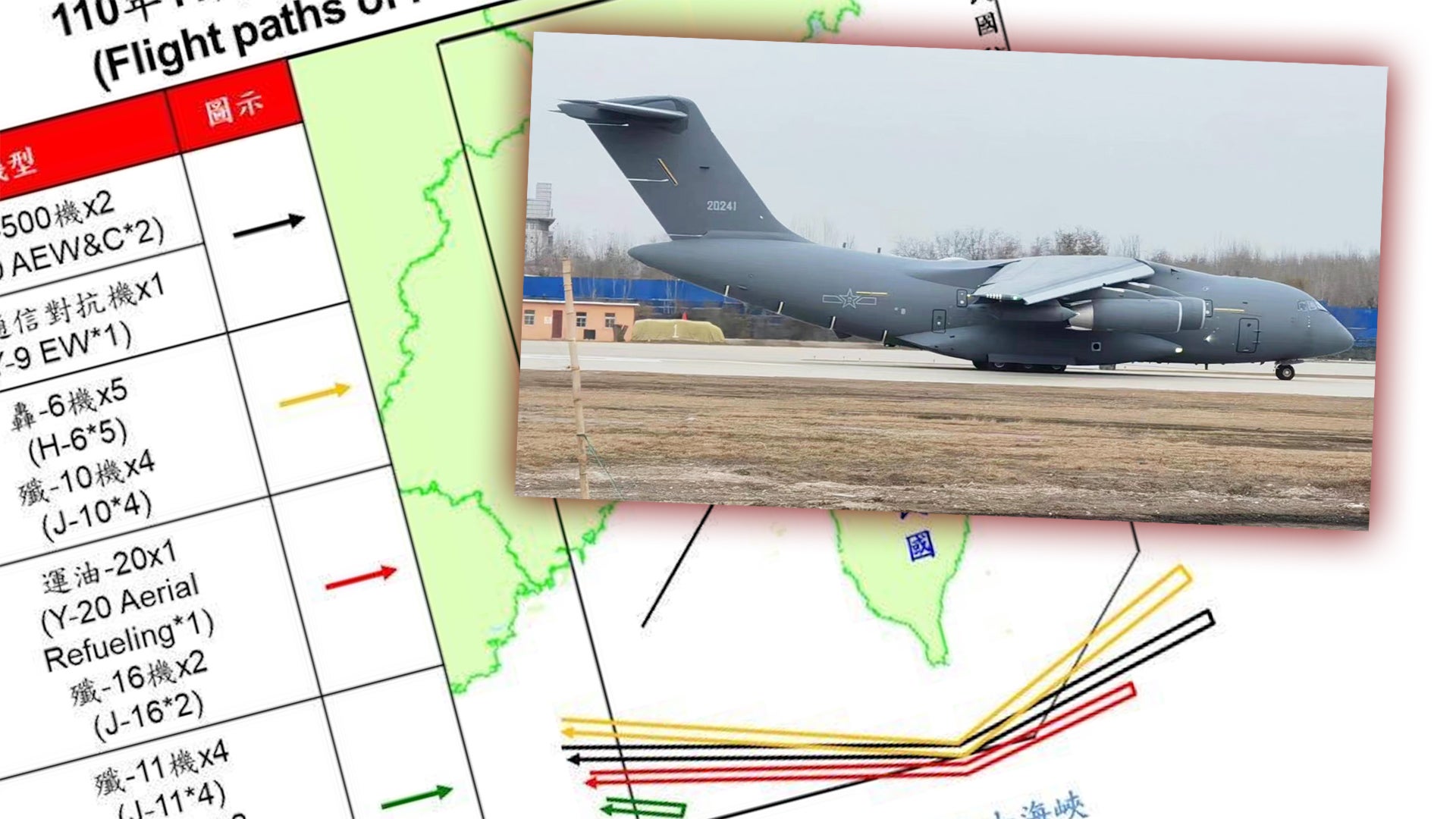One of China’s new Y-20U aerial refueling tankers was among 27 People’s Liberation Army aircraft to fly into the southwest corner of Taiwan’s air defense identification zone, or ADIZ, yesterday. Though Chinese military aircraft flying into Taiwan’s ADIZ has become a routine occurrence, the appearance of a tanker variant of the Y-20 airlifter is a significant development. These tankers are set to provide an important boost in China’s ability to conduct longer-range and more sustained military aviation operations, capabilities that would be valuable for any future military intervention against Taiwan, and other missions in the Pacific and beyond.
Taiwan’s Ministry of National Defense says five H-6s, six J-10s, four J-11s, eight J-16s, two KJ-500s, and an electronic warfare variant of the Y-9 all flew into its ADIZ on Nov. 28, 2021, along with the Y-20U. It’s not entirely clear which variant or variants of the H-6 series, a family of aircraft derived from the Soviet-era Tu-16 Badger bomber that now includes various missile carrier types, as well as a tanker version, took part in these flights. There are indications that they were H-6K missile carriers. The J-10 is a domestically developed Chinese fighter, while the J-11 and the J-16 are derivatives of the Russian Su-27 Flanker family. The KJ-500 is an airborne early warning and control aircraft based on the Y-9 turboprop.
Taiwanese combat jets scrambled in response to the People’s Liberation Army (PLA) sorties, while ground-based air defenses were activated and warnings were issued to the approaching planes via radio. These are routine actions that Taiwan’s military takes in response to the appearance of PLA aircraft in the island’s ADIZ. In the past year or so, the PLA has been regularly sending various types of aircraft into this general area southwest of Taiwan, sometimes in large numbers. On Oct. 4, a total of 56 PLA aircraft entered this part of the Taiwanese ADIZ, which, at least so far, remains the largest number of Chinese sorties recorded in a single day during 2021.
A prototype of China’s Y-20 airlifter flew for the first time in 2013 and officially began to enter service two years later. Reports began to emerge in 2018 that a tanker variant was under development. The Y-20U features a single refueling pod under each wing, along with one mounted on the left side of the rear fuselage. This configuration is broadly similar to that of the Soviet-era Il-78 Midas, examples of which PLA also operates. The Y-20U is reportedly able to carry around 90 tons of fuel, which is similar to the capacity of the Il-78, as well.
The present operational status of the Y-20U and how many of any kind may be in service now are unclear, but the total fleet size likely remains small. This sortie yesterday certainly indicates that the PLA is getting closer to putting the type into more regular use, if it hasn’t already.
Whatever the current size of the Y-20U fleet might be, it is likely to steadily grow in the near term. China has already significantly stepped up production of the Y-20 airlifter and has been working to give the design new, more powerful and efficient jet engines.
Growing numbers of Y-20Us will significantly increase the PLA’s aerial refueling capabilities. As it stands now, China’s tanker fleet is dominated by variants of the H-6, which can only carry around 30 tons of fuel and have a relatively limited range themselves. The People’s Liberation Army Air Force (PLAAF) has just three more-capable Il-78s, and difficulties in obtaining more of those aircraft were reportedly among the factors that prompted the development of the Y-20U.
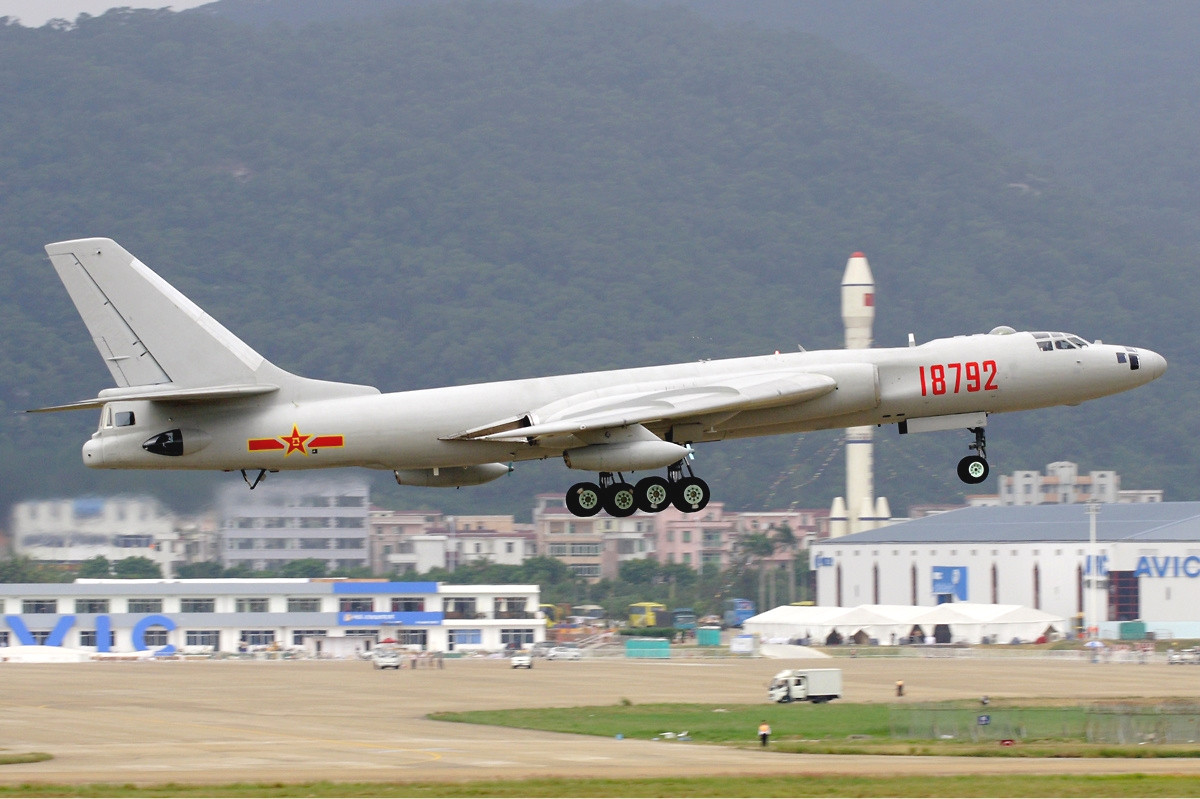
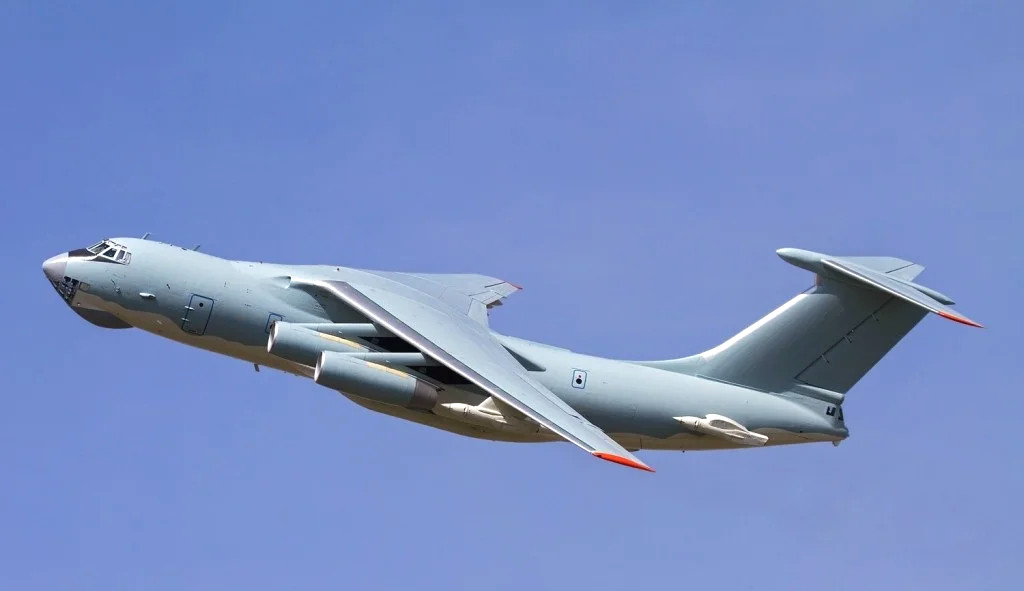
“The PLAAF is developing the Y-20U, a new tanker variant of its large Y-20 heavy-lift transport, which will enable the PLAAF to significantly expand its tanker fleet and improve its power projection capabilities,” the U.S. military’s latest review of Chinese military and security developments for Congress, a public version of which was released earlier this month, said. That same report highlighted the significance of the Y-20U in supporting future longer-range aviation operations that might include aerial refuelable variants of the H-6 and KJ-500. As already noted, existing H-6 and KJ-500 types took part in these recent flights into Taiwan’s ADIZ.
“The PLAAF is expanding its inventory of refuelable fighters, developing refuelable variants of the H-6 bomber and KJ-500 AEW&C aircraft, and testing a tanker variant of its Y-20 heavy lift transport,” according to the report. “Together, these new aircraft will noticeably expand China’s ability to conduct long-range offensive air operations.”
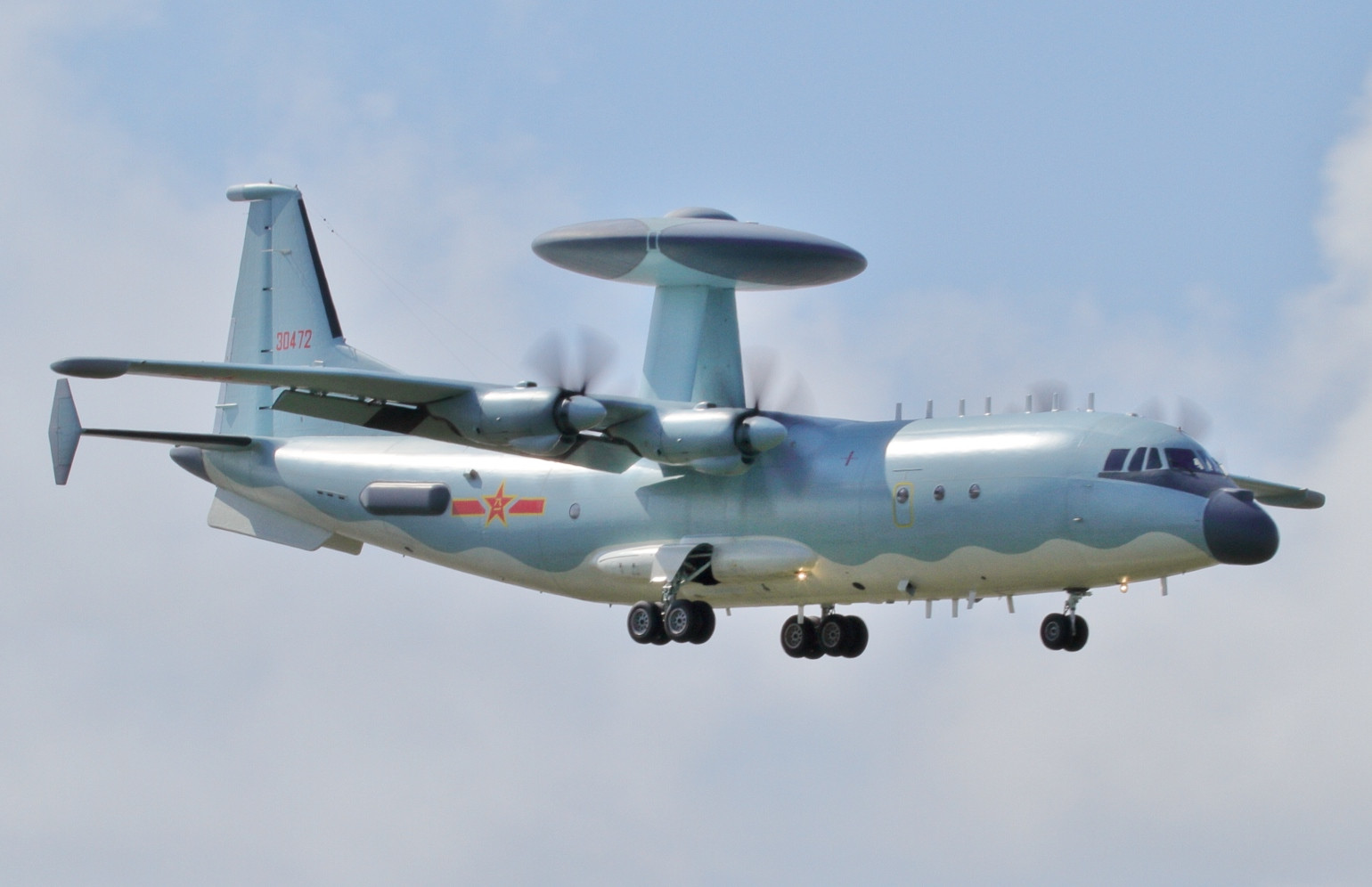
The Y-20U’s capabilities could be put to use in a future Chinese military intervention against Taiwan, something authorities in Beijing regularly threaten their counterparts in Taipei with. Taiwanese officials, as well as their American partners, have warned about the increasing potential for such an operation in the next few years.
This comes as the current government in Taiwan continues to make moves to more fully decouple itself from the mainland. The government in Beijing views the island as a rogue province and has said repeatedly that it will take all necessary steps to prevent it from declaring full independence.
Any Chinese invasion of Taiwan would include a significant aerial component, though the need for aerial refueling might be reduced due to the proximity between the mainland and the island. At the same time, Y-20Us, together with other tankers, could keep certain aircraft in the fight longer, help shorter-legged combat jets operate on the Pacific-facing side of the island, and drag others in from PLA bases further inland.
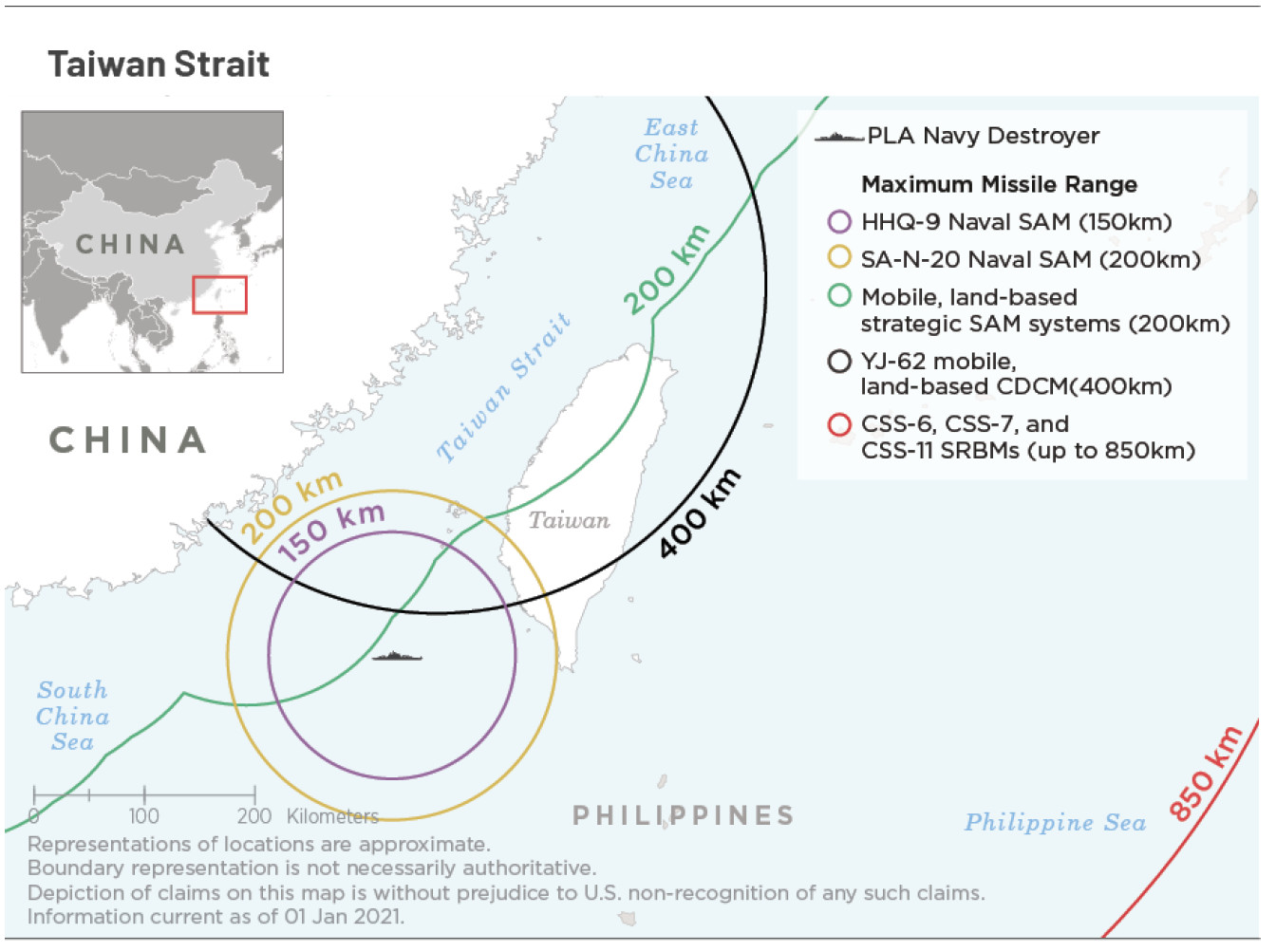
These could all be significant force multipliers for the PLA. During any such confrontation across the Taiwan Strait, Taiwanese forces would seek to strike Chinese bases on the mainland, which would increase the value of being able to utilize facilities further away from the immediate fighting. Keeping key, lower-density assets, such as J-20 stealth fighters, in the air for longer periods of time would allow them to better act as enablers for less-capable platforms.
These same capabilities could be brought to bear during other conflicts along China’s immediate periphery, including disputed border areas with India.
At the same time, the Y-20U, like the Y-20 airlifter, represents China’s clear ambitions to be able to project air and other military power much further away from its borders, something it has historically not been able to do. “The PRC [People’s Republic of China] is developing a tanker variant of its Y-20 heavy-lift transport, which will enable the PLAAF to expand its tanker fleet and improve the PLAAF’s ability to operate beyond the First Island Chain from bases in mainland China,” the U.S. military’s recent China report explained.
The First Island Chain is a geographic region in the Pacific formed by a boundary made up of various archipelagos just beyond mainland East Asia. The island of Taiwan is part of that line, and this zone includes the strategic Taiwan Strait and the highly disputed South China Sea. The government in Beijing says that both of these bodies of water are its sovereign national territory, claims that virtually the entire international community rejects.
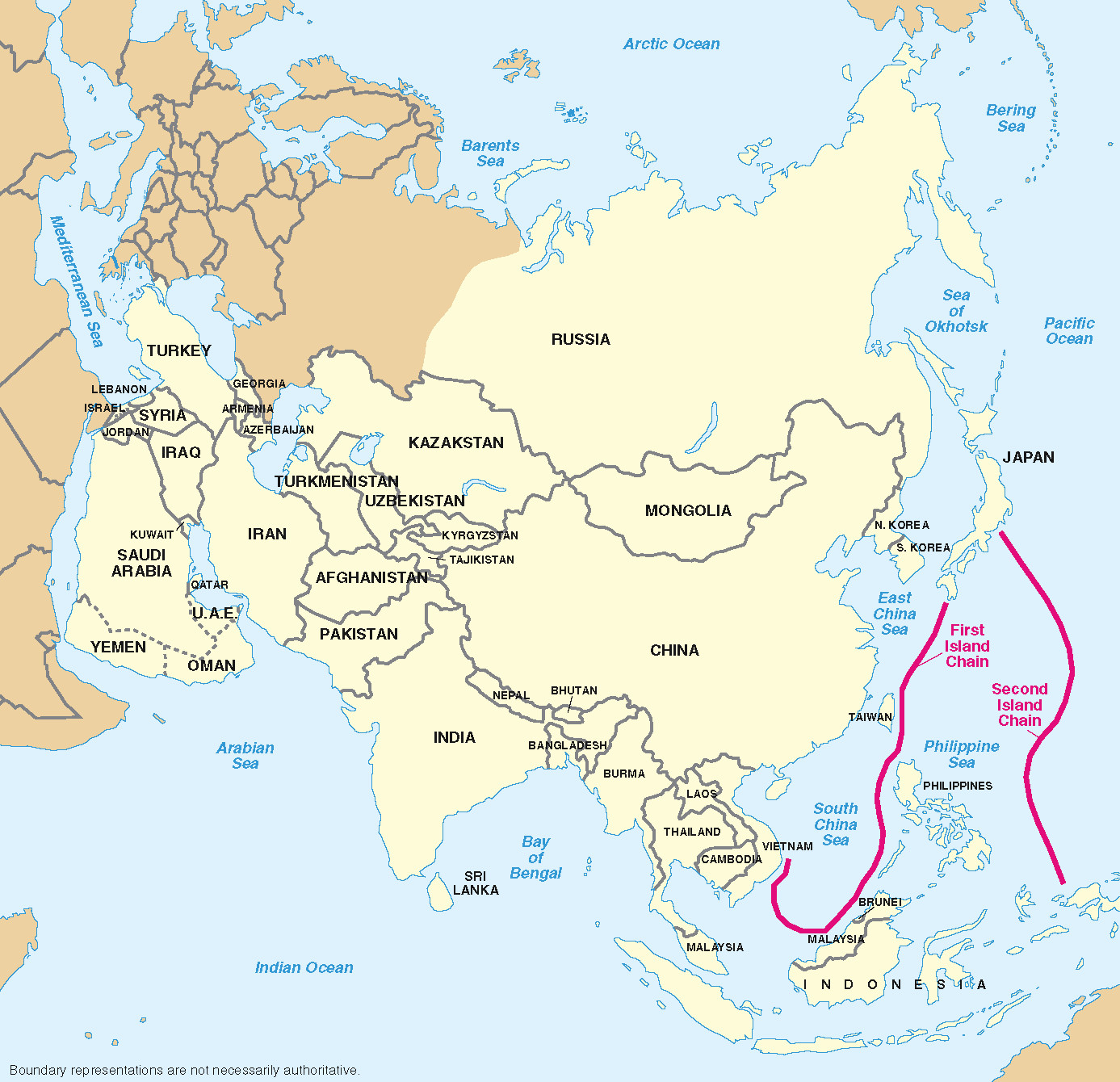
Chinese H-6Ks recently joined Russian Tu-95 Bear bombers, along with other aircraft from both countries, on a patrol in the northern end of the First Island China. This is not the first time these countries have conducted a joint bomber mission like this, but it did underscore China’s increasing long-range aviation capabilities within this area.
Y-20Us could provide the boost in aerial refueling capability necessary to more regularly conduct longer-range aviation operations further out in the Pacific, including during a future major conflict in the region. Just extending the range of missile-carrying aircraft such as the H-6K, which can carry increasing longer-range weapons themselves, would seriously increase the PLA’s ability to hold targets at risk in the Western Pacific.
They could also support China’s growing military activities elsewhere in the world.
These tankers would be valuable strategic assets, as well, supporting a more robust air leg in a Chinese nuclear triad that includes existing and future types of aircraft, such as the H-20 stealth bomber that is reportedly steadily progressing in its development. The Pentagon declared last year that the PLA already has a “nascent” triad with the introduction of the H-6N, which is capable of carrying air-launched ballistic missiles that could be loaded with nuclear warheads. These aircraft can carry other oversized payloads, including what has appeared to be a missile tipped with a hypersonic boost-glide vehicle.
All told, the Y-20U’s appearance in Taiwan’s ADIZ yesterday reflects a significant development for the PLA and one that extends well beyond any potential planning for an intervention on the island.
Contact the author: joe@thedrive.com
